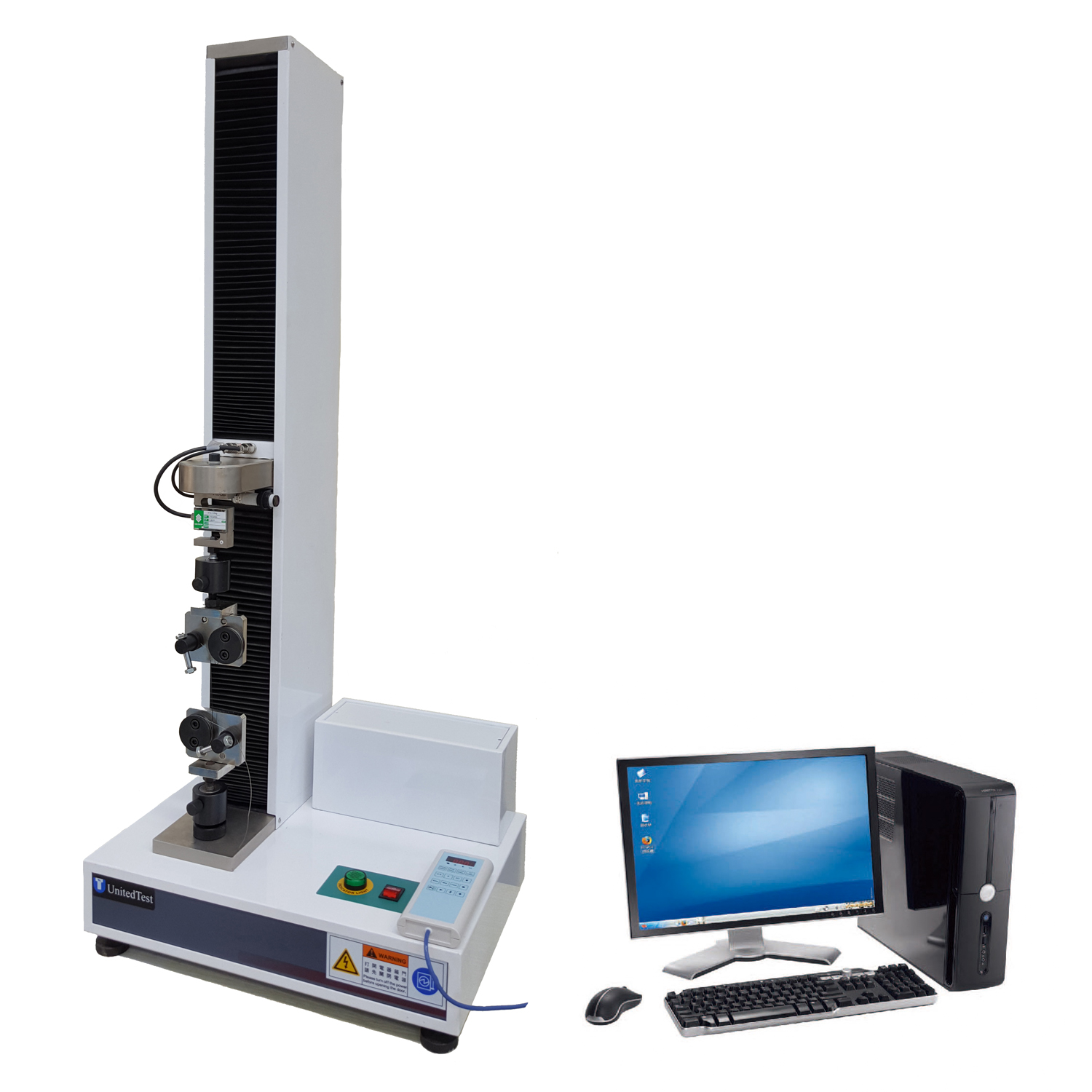Direct shear test, drawback of direct shear test ISO 12957-1
Shearing strength of the soil is the magnitude of maximum shearing resistance offered by the soil when subjected to shear stress. The friction and interlocking of soil particles cause shearing resistance in soil.
This Shearing resistance between soil may be due to chemical bonding and the cementation of soil particles.
The shearing strength of the founding soil determines the type and design procedure of various civil structures.
The shearing strength of a soil material can be quantified using the Mohr-Coulomb Failure Criterion.
Sample Trimmer or Core Cutter, Rammer, Spatula, Straight Edge
Loading Frame, Weights, Proving Ring, Micrometer Dial Gauge-2
Shear box, grid plates (1 pair Plain, 1 pair perforated), 1 pair porous stones plates, 1 pair metal plates, 1 base plate, loading pad with steel ball, connecting pins, spacing screws
Stop Watch, Weighing Balance and Desiccator

Preparation of specimen
Undisturbed samples can be obtained using sample trimmer or core cutter rammed into the field site and dugout. The sample obtained is thus leveled using a spatula.
Remolded sample can be prepared by compacting soil inside the shear box under various in situ condition depending on soil type or either outside the box and trimmed into required size
Size of sample vary from 60mm*60mm to 100mm*100mm depending on the size of the shear box and usually 20-25mm thick.












